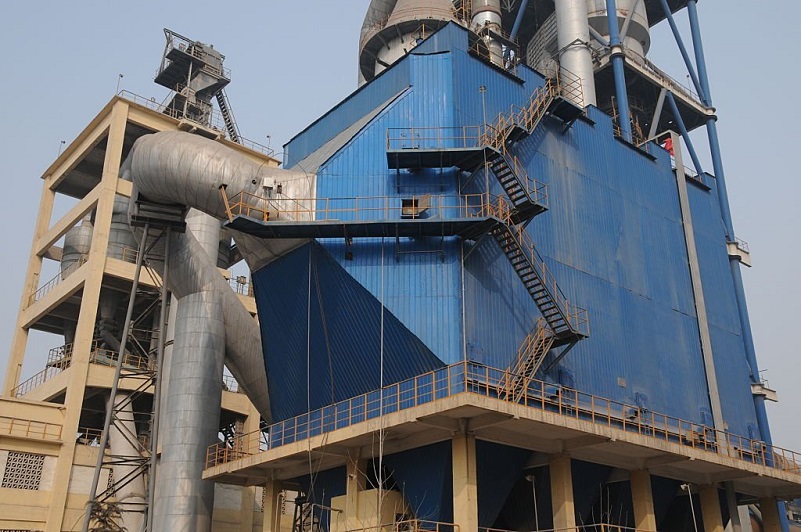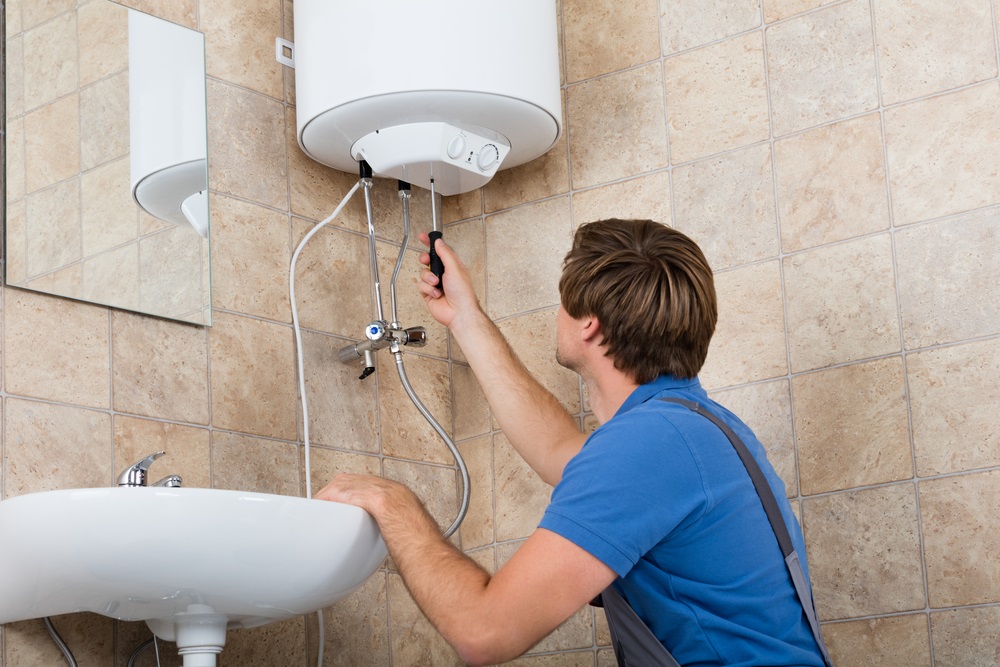
Dust Collector Servicing 101: A Comprehensive Guide for Beginners
Dust collector systems play a crucial role in maintaining a clean and healthy environment in various industries. They help to keep the air clean by removing dust and other impurities. However, just like any other equipment, dust collectors require regular servicing and maintenance to ensure they operate efficiently and effectively. This comprehensive guide will provide beginners with essential information on dust collector servicing, including understanding your dust collector system, the importance of regular maintenance, steps for proper servicing, and the significance of following safety precautions.
Understanding Your Dust Collector
#1. Types of Dust Collectors
There are several types of dust collectors, including:
– Baghouse Dust Collectors: These use fabric filter bags to capture dust particles.
– Cartridge Dust Collectors: These use pleated filter cartridges for higher filtration efficiency.
– Cyclone Dust Collectors: These use centrifugal force to separate dust particles from the air.
– Wet Scrubbers: These use water or other liquid solutions to capture and remove dust particles.
Understanding the type of dust collector you have is essential for proper servicing and maintenance.
#2. Components of a Dust Collector System
A typical dust collector system consists of several components, including:
– Hoods and ductwork: These capture and transport dust-laden air to the dust collector.
– Filters: These trap dust particles and allow clean air to pass through.
– Blower or fan: This provides the necessary airflow to move dust-laden air through the system.
– Dust disposal system: This collects and disposes of dust particles removed from the air.
Knowing the components of your dust collector system is crucial for effective servicing and maintenance.
The Importance of Regular Maintenance
#1. Improved Efficiency
Regular dust collector servicing ensures that the system operates at optimal efficiency. A well-maintained dust collector can capture more dust particles and maintain better air quality.
#2. Extended Equipment Lifespan
Performing regular maintenance on your dust collector can extend its lifespan, reducing the need for costly replacements and repairs.
#3. Reduced Operational Costs
A well-maintained dust collector system can reduce operational costs by decreasing energy consumption and minimizing downtime due to equipment failure.
#4. Ensuring Compliance with Regulations
Regular dust collector servicing helps ensure compliance with local, state, and federal regulations related to air quality and worker safety.
Steps for Proper Dust Collector Servicing
#1. Inspecting the System
Perform a thorough inspection of the entire dust collector system, including hoods, ductwork, filters, blowers, and dust disposal systems. Look for signs of wear, damage, or clogging that may affect the system’s performance.
#2. Cleaning the Filters
Clean or replace dust collector filters as needed. Follow the manufacturer’s recommendations for filter cleaning or replacement frequency. Baghouse and cartridge filters can often be cleaned using compressed air or a filter cleaning system. Wet scrubber filters may require cleaning or replacement with fresh liquid.
#3. Checking the Ductwork
Inspect the ductwork for leaks, clogs, or damage that could affect airflow and dust collection efficiency. Repair or replace any damaged sections as needed.
#4. Replacing Worn Components
Replace worn or damaged components, such as blower belts, filter bags, or cartridges, to ensure the system operates efficiently.
Importance of Following Safety Precautions
#1. Personal Protective Equipment
When servicing a dust collector, always wear appropriate personal protective equipment (PPE), including safety glasses, gloves, and respiratory protection if necessary.
#2. Lockout/Tagout Procedures
Follow proper lockout/tagout procedures to ensure the dust collector system is de-energized and cannot be accidentally started during servicing.
#3. Proper Training and Communication
Ensure that all personnel involved in dust collector servicing are properly trained and understand the hazards associated with the equipment. Communicate the servicing schedule and any potential hazards to all affected employees.
Conclusion
Regular dust collector servicing is essential for maintaining a clean and healthy environment in industrial settings. By understanding your dust collector system, performing regular maintenance, and following safety precautions, you can ensure your equipment operates efficiently and effectively. Proper servicing not only improves air quality but also extends the lifespan of your equipment, reduces operational costs, and ensures compliance with regulations. With this comprehensive guide, beginners can confidently tackle dust collector servicing and contribute to a safer and more productive workplace.
You May Also Like

The Basic RTA Kitchen Cabinets Buying Guide
August 7, 2019
Maximizing Efficiency With Your Dux Hot Water System: A Comprehensive Guide
February 23, 2025

